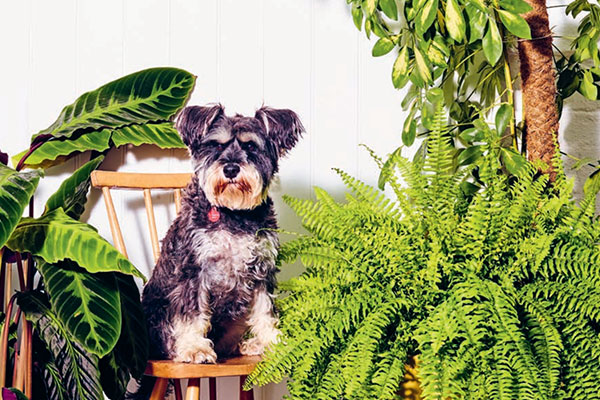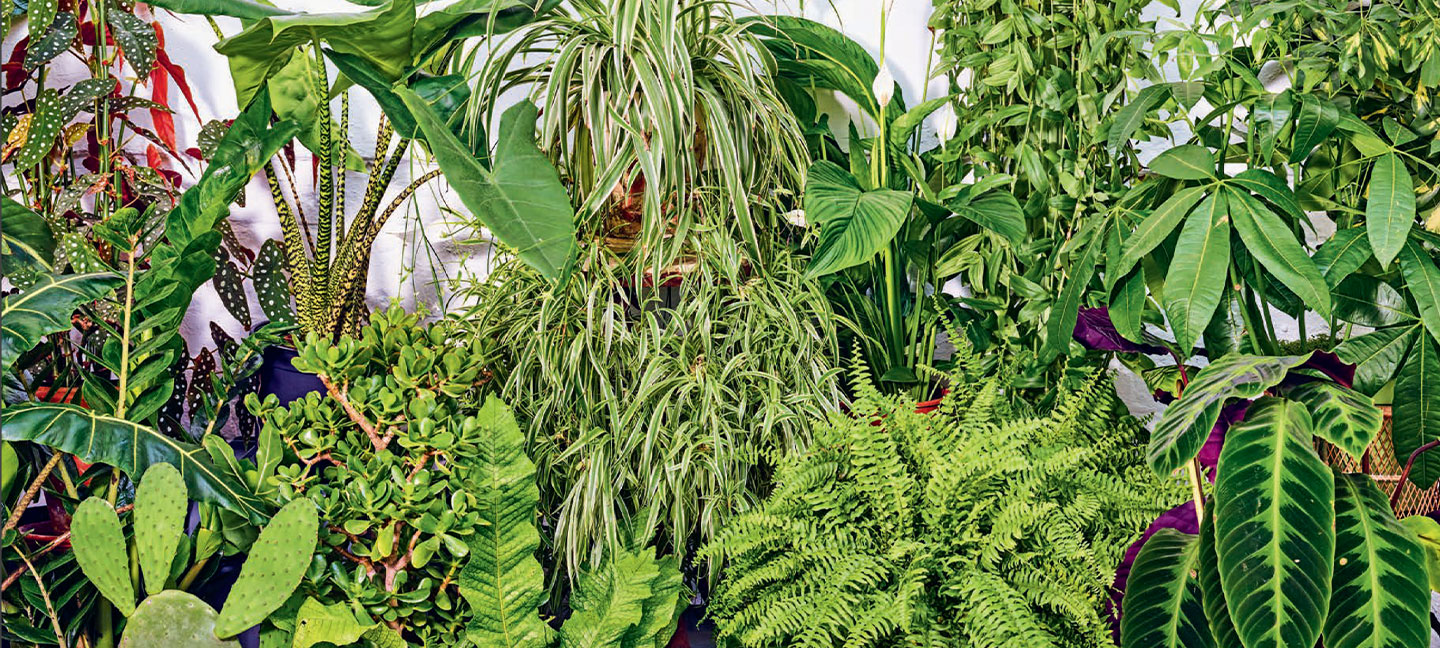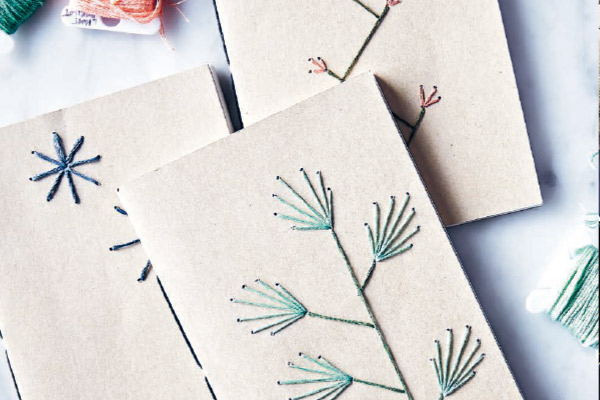How to Reconcile Owning Pets and Indoor Plants
12 May 2020 | Emma Sibley
Indoor plants are millennial obsessions. Everywhere you turn on Instagram, you seem to see a lush urban jungle within someone's house or apartment. If you've ever aspired to achieve a similar look in your own home but can't seem to get your plants to grow, or want to reconcile owning plants with pets, Emma Sibley author of Little Book, Big Plants has a few pointers for you.
Big Plants For The Home

Whether you prefer to buy a young plant so that you can watch it grow and flourish or you are all about the instant gratification of bringing home a large, ready-formed specimen, there is one thing you can almost always guarantee – your plant will continue to grow and adapt to fill your space.
This book explains how to nurture and care for these large plants. It will take you through over 45 different house plants as well as featuring interviews with house plant aficionados about their favourite giants.
Basic Plant Care
House plants have three basic requirements: light, water and soil. Provide them with the right conditions, and you will have happy, healthy plants.
LIGHT LEVELS
The lighting advice in this book is just a guideline. If your plant is not looking happy, experiment with different positions.
BRIGHT LIGHT
This is also referred to as direct sunlight (Sun). A west- or south-facing window will provide bright light, which means receiving 5 to 6 hours of direct sunlight a day.
BRIGHT, INDIRECT LIGHT
This is also referred to as bright, indirect sunlight (BIDL). The windowsill of an east-facing window, or a plant set back about 60cm (2ft) or so from a west- or south-facing window will provide bright, indirect light. This ensures that the plant is not exposed to direct sunlight, but it is receiving plenty of light. If you'd like your plant to sit on the sill of a west- or south-facing window, introduce a sheer curtain or sunshade.
LOW LIGHT
A north-facing window provides low light, or any room that is obviously in shade (from other buildings or trees) and doesn't get any direct sunlight during the day.
WATERING
As with light levels, the watering information given with each plant entry is only a guideline. For most house plants, the soil should dry out slightly between watering. The exceptions are those plants that either like a very wet or a very dry soil. To test, dip your finger 2.5cm (1in)
or so in the compost and if it's dry, give the plant a water with tepid water. If not, wait a few days and try again. Most house plants need good drainage and hate standing in water. Ensure that the actual plant pot has drainage holes in the base, and that the soil is free-draining (see below). Don't let the plant sit in a saucer or pot of water. If the plant is too heavy to lift in order to drain away excess water from its saucer, use a sponge to draw the water away.
SOIL AND FEEDING
It's advisable to use a dedicated house plant compost for indoor plants, which is designed to give your plants the right medium to grow and flourish. If you feel the soil needs to be more free-draining, add a handful of horticultural sand or grit to the mix. To feed your plants, use a liquid house plant feed diluted in water, following the manufacturer's instructions. Always add feed to damp soil, never to dry as this could burn the roots.
Pets and Plants

As your plants grow, they always seem to become much more alluring to certain pets. For some reason, house plants also present themselves as the perfect snack, despite the fact thatsome large plants can be seriously toxic to many pets. At the top of each plant entry we identify if it is pet safe.
It is not known why cats and dogs decide to eat house plants. It could be due to a nutrient deficiency that they are trying to remedy or as a cure if they are feeling unwell. One theory is that cats and dogs graze on plants, and especially grass, to calm the stomach.
If you are looking for a large statement plant for your home and you have pets, steer clear of toxic plants such as the Weeping Fig, Devil's Ivy or False Shamrock. Instead, look at completely pet-safe plants such as the Kentia Palm or Spider Plant.
One of the main issues that I have with my dog and house plants is the enjoyment he takes in burying his toys in the compost of our larger plants, especially just after watering. The damp compost seems to be irresistible to him. His pesky paws will often find roots and risk damaging the stability of the plant. To help dissuade your pet from doing this either place a repellent of clove oil-soaked cotton-wool balls under the top layer of compost or pop pinecones on the surface to make the compost less accessible.
This is an edited extracted from Little Book, Big Plants by Emma Sibley
Available in all good bookstores and online
Click here to find your preferred online retailer.



